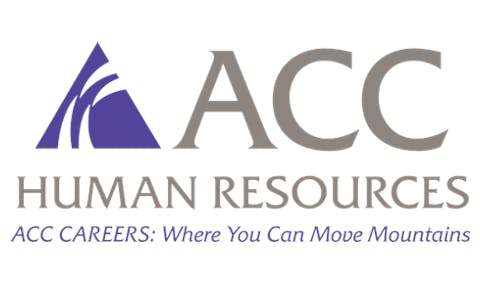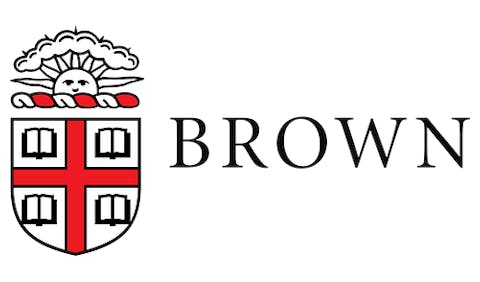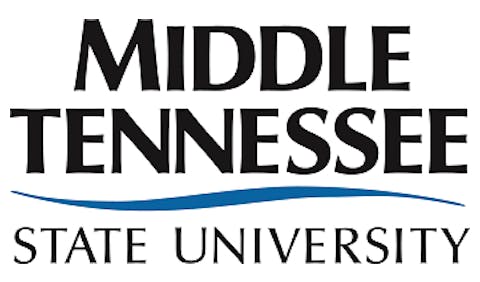 Dr. Riann Mullis
Dr. Riann Mullis
Mainstream media’s focus on ticket sales, influential athletes, and comparisons of athletic experience have contributed to a heightened sense of awareness of athletics at all levels. A significant change for athletics occurred more than 50 years when President Richard Nixon signed Title IX of the Education Amendment (Title IX) into law in 1972 (Valentin, 1997). “Implementing Title IX requires institutions to provide equal athletic opportunities for members of both sexes and to accommodate students’ athletic interests and abilities effectively” (U.S. Department of Education [USDE], 2020b). Dr. Jennifer Spielvogel
Dr. Jennifer Spielvogel
In a recently published study, "The Assessment of Athletic Equity by Head Men’s and Women’s Coaches in the National Junior College Athletic Association", (Mullis, 2024) head coaches from a variety of NJCAA sports at Division I (DI) and Division II (DII) institutions were surveyed and interviewed to glean their opinions pertaining to implementation and best practices of athletic equity. Questions focused on observations, opportunities, and experiences.
The NJCAA head coaches’ opinions about athletic equity initially focused on facilities, scholarships, and travel provided for teams. They were asked to assess the level of agreement on a 4-point Likert (1932) scale ranging from 4 (strongly agree) to 1 (strongly disagree) and the mean (M) was calculated for each question. The head coaches assessed facility equity (M = 2.8), scholarship equity (M = 2.8) and travel equity (M = 3.2) at prominent levels, indicating equity is present. The survey data also were disaggregated by team, with no significant differences found from head coaches of men’s and women’s teams in any sport. Further, the coaches agreed that equity is present for all teams at their institutions.
In the study, head coaches also rank ordered the importance of six distinct coaching roles: advisor, advocate, fundraiser, leader, mentor, and role model. All 192 survey respondents were consistent in ranking leader as the most significant role. The coaches were confident about their relationships and impact on the student-athletes. Most impressively, when interviewed, none of the coaches mentioned wins and losses. Rather, their focus, shared with enthusiasm, highlighted the importance of each of their identified roles and their overwhelming responsibility to advance athletic equity through fair experiences and opportunities for their student-athletes.
Collectively, the head coaches conveyed enhanced advocacy accountability for their athletes and teams. Case in point, when coaches were asked in the interviews if they had a responsibility to advocate for athletic equity, an NJCAA DII women’s basketball coach confidently expressed:
Yes. Absolutely. If I do not advocate for my kids [women’s basketball student-athletes], who is going to do that? That is my job. My goal is to make sure they are getting the same treatment the same opportunities that every other sport, whether it be male or female, is getting on campus.
With similar conviction, when posed the question if he considered himself responsible for advocating for athletic equity, a DII softball coach sharply stated, “No question.” In the interviews many coaches indicated that campus athletic directors and presidents should be involved and aware of athletic needs. From their perspective, there is a need for effective collaboration and communication, as the administration’s decisions can significantly impact the advancement of athletic equity.
The assessments and opinions from NJCAA DI and DII head coaches offer a never-before-seen insight into athletic equity implementation at the NJCAA level. Continuing the conversations around the best practices of athletic equity through the voice of the coaches is imperative for the future of collegiate athletics. Implementing progressive ideas such as campus forums, shared documentation, and open discussion around the student-athlete and how to best provide equitable experiences for everyone involved will lead to the continuation of athletic equity at the two-year college level.
Dr. Riann Mullis serves as Athletic Director and Title IX Coordinator at Neosho County Community College (KS).
Dr. Jennifer Spielvogel serves as Professor of Practice, Community College Leadership Program, Department of Educational Leadership, at Kansas State University.
The Roueche Center Forum is co-edited by Drs. John E. Roueche and Margaretta B. Mathis of the John E. Roueche Center for Community College Leadership, Department of Educational Leadership, College of Education, Kansas State University.
References:
Jensen, M. (2022, June 23). What would starting Title IX from scratch look like? Philadelphia Inquirer. https://www.inquirer.com/college- sports/title-ix-anniversary-polls-issues 20220623.html
Lewis, G. (2013). The beginning of organized sport. American Quarterly, 22(2), 222–229. https://history.msu.edu/hst329/files/2015/05/ LewisGuy-TheBeginning.pdf
Likert, R (1932). A technique for the measurement of attitudes. Retrieved May 4, 2025 from https://archive.org/details/likert-1932/ page/14/mode/2up
Mullis, R. (2024). The assessment of athletic equity by head Men’s and Women’s coaches in the national junior college athletic association (Order No. 31489530). Available from Dissertations & Theses @ Kansas State University; ProQuest One Academic. (3097398397). Retrieved from https://er.lib.k-state.edu/ login?url=https://www.proquest.com/dissertations- theses/assessment-athletic-equity- head-men-s-women/docview/3097398397/ se-2
National Junior College Athletic Association. (2025). About. History. Retrieved May 4, 2025 from https://www.njcaa.org/about/history/ index
U.S. Department of Education. (2020b). Intercollegiate athletics policy: Three part test – part three. https://www2.ed.gov/about/offices/ list/ocr/docs/title9-qa-20100420.html
Valentin, I. (1997). Title IX: A brief history. 25 years of Title IX. WEEA Digest. Women’s Educational Equity Act Resource Center at EDC. https://eric.ed.gov/?id=ED414271



















